How to Maximize Energy Efficiency with Linear Led Lighting Solutions
As the world increasingly focuses on sustainability and energy conservation, maximizing energy efficiency with Linear LED Lighting solutions has become essential for both commercial and residential applications. According to recent reports from the U.S. Department of Energy, LED lighting can reduce energy consumption by up to 75% compared to traditional incandescent lighting, while also lasting 25 times longer, which underscores their growing importance in energy management. Furthermore, a study by the Global Lighting Association highlights that adopting efficient lighting systems like Linear LED Lighting can significantly lower operating costs and greenhouse gas emissions. By implementing these innovative solutions, businesses can not only enhance their energy efficiency but also contribute positively to environmental sustainability, making Linear LED Lighting a pivotal component in the quest for a greener future.
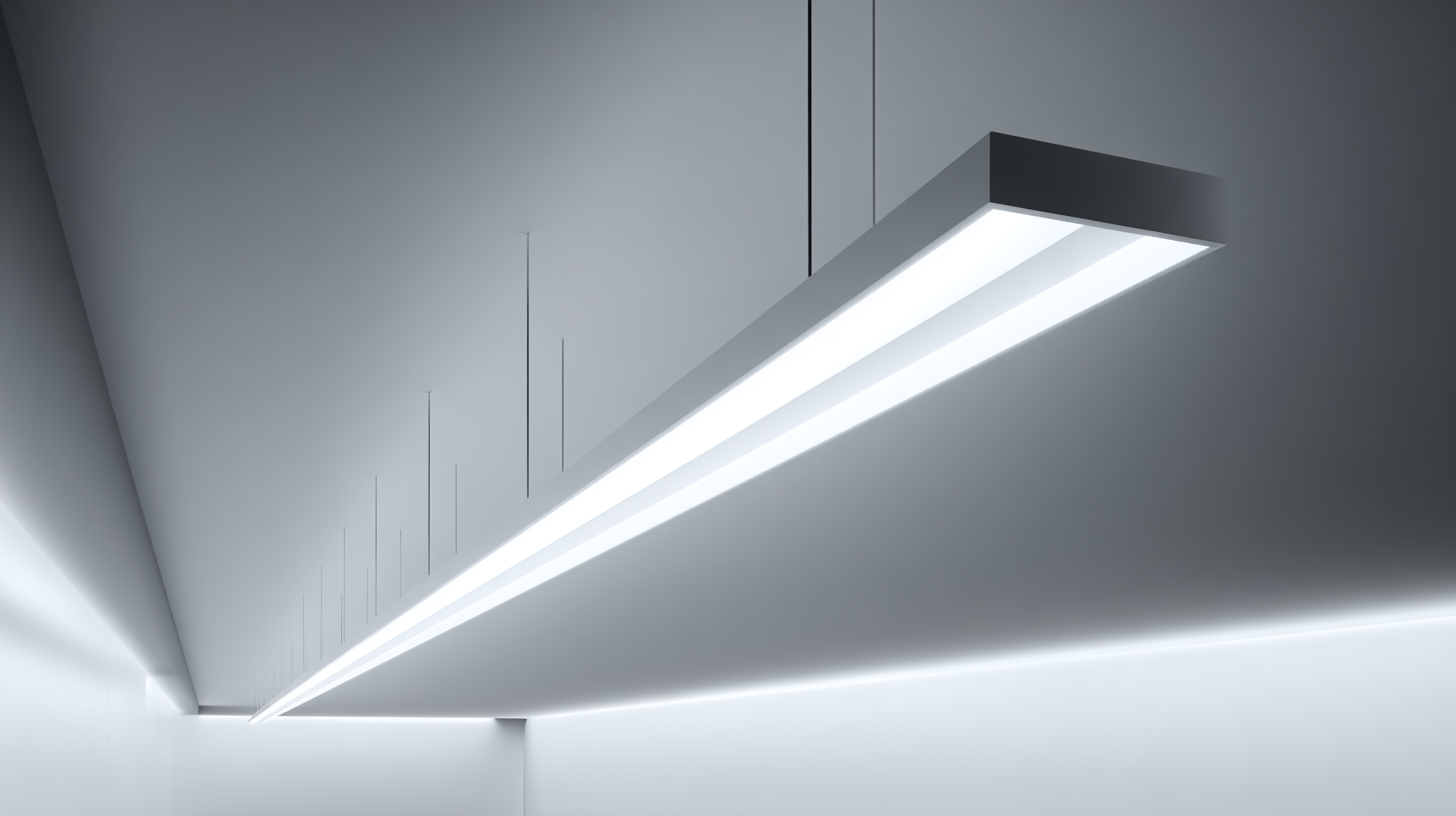
Understanding Linear LED Lighting: Key Features and Benefits
Linear LED lighting solutions are becoming increasingly popular for their energy efficiency and versatility. These lighting systems are designed to provide a uniform and consistent light output, making them ideal for various applications, from commercial spaces to residential areas. One key feature of linear LED lighting is its sleek and modern design, which allows for seamless integration into different environments. This aesthetic appeal, coupled with their ability to be installed in a variety of configurations, makes them an attractive choice for architects and interior designers alike.
In addition to their visual benefits, linear LED lights offer significant energy-saving advantages. They consume considerably less power compared to traditional lighting fixtures, resulting in reduced energy bills and a lower carbon footprint. Another remarkable advantage is their longevity; linear LEDs can last up to 50,000 hours or more, minimizing the need for frequent replacements. Moreover, many models come with features such as dimming capabilities and smart controls, which can further enhance energy efficiency by allowing users to adjust lighting levels according to their needs. This combination of features not only contributes to a more sustainable environment but also supports cost-effective lighting solutions for any space.
Energy Efficiency Comparison of Linear LED Lighting Solutions
Energy Consumption Metrics: Comparing Linear LED vs. Traditional Lighting Solutions
When assessing energy consumption, it’s essential to compare linear LED lighting solutions with traditional lighting options to fully understand their efficiency. Traditional incandescent or fluorescent lights typically consume more energy, contributing to higher electricity bills and greater environmental impact. In contrast, linear LED lights are designed to be more efficient, consuming significantly less power while providing equivalent or superior light output. This advantage is not just in the immediate energy savings but also in the lifespan of the product, with LEDs lasting up to 25 times longer than incandescent bulbs, which further mitigates energy use over time.
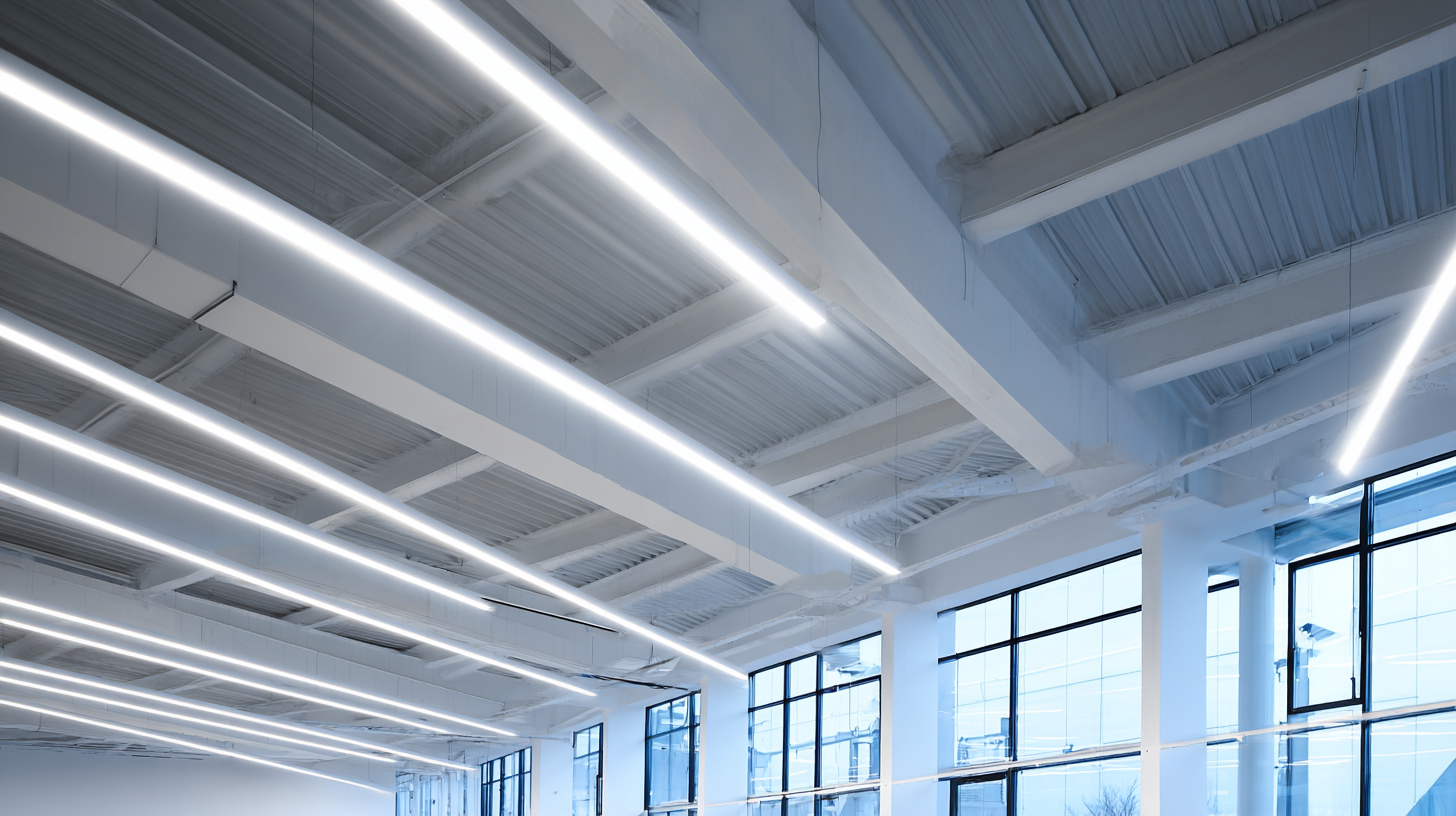
Energy consumption metrics reveal that linear LED solutions can reduce energy costs by up to 80% compared to traditional lighting. This reduction not only benefits the end user financially but can also lead to substantial decreases in greenhouse gas emissions, promoting a more sustainable approach to illumination. Moreover, the lower heat output of LEDs minimizes the strain on cooling systems in residential and commercial spaces, leading to additional energy savings. Understanding these metrics is crucial for those looking to optimize energy use and make informed lighting decisions that benefit both their wallet and the planet.
Calculating ROI: Cost Savings from Energy Efficiency in Linear LED Lighting
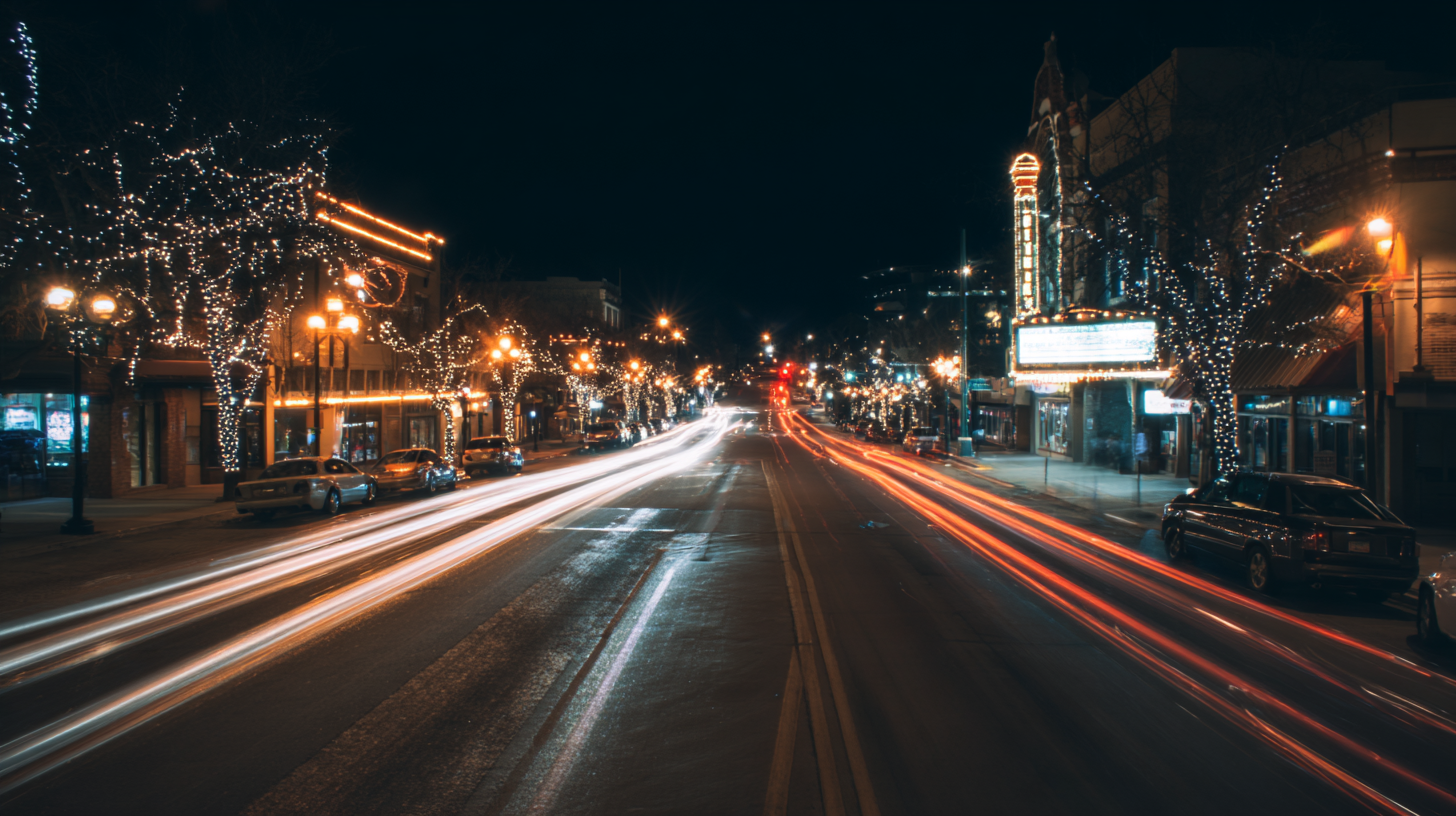 Linear LED lighting solutions are becoming increasingly popular due to their exceptional energy efficiency and long lifespan. When considering the return on investment (ROI) for switching to linear LED fixtures, the potential cost savings in energy bills cannot be overlooked. By calculating the energy consumption difference between traditional lighting and linear LEDs, businesses can estimate their savings on a monthly and annual basis. This not only contributes to a greener environment but also enhances the bottom line.
Linear LED lighting solutions are becoming increasingly popular due to their exceptional energy efficiency and long lifespan. When considering the return on investment (ROI) for switching to linear LED fixtures, the potential cost savings in energy bills cannot be overlooked. By calculating the energy consumption difference between traditional lighting and linear LEDs, businesses can estimate their savings on a monthly and annual basis. This not only contributes to a greener environment but also enhances the bottom line.
Moreover, the longevity of LED lights further amplifies these savings. Traditional incandescent or fluorescent bulbs require frequent replacements, leading to increased labor and material costs. In contrast, linear LED lights can last up to 25,000 hours or more. It's essential to factor in maintenance costs when evaluating ROI since reduced replacements and lower maintenance needs directly translate to further savings. By taking these aspects into account, businesses can make a compelling case for investing in energy-efficient linear LED lighting solutions, ensuring a brighter, more sustainable future while improving their financial performance.
Maximizing Performance: Best Practices for Implementing Linear LED Solutions
Implementing linear LED lighting solutions can significantly enhance energy efficiency in various environments. To maximize performance, it's crucial to understand the best practices surrounding their application. Choosing the right color temperature and lumen output can create the desired ambiance while optimizing energy use. Additionally, integrating smart lighting controls allows for real-time adjustments based on occupancy and natural light levels, leading to further energy savings.
Tips for maximizing performance include conducting a thorough energy audit before installation to identify specific needs and challenges. Utilizing dimmable fixtures can enhance flexibility, allowing users to tailor lighting intensity to different activities throughout the day. Regular maintenance and upgrades to the latest lighting technology ensure that your system remains efficient and effective, ultimately contributing to a sustainable environment and lower energy costs. Embracing a holistic approach can transform spaces into more productive and environmentally-friendly areas.
Sustainability Impact: How Linear LEDs Contribute to Environmental Goals
Linear LED lighting solutions are not just a trend; they represent a significant leap toward achieving environmental sustainability. According to the U.S. Department of Energy, the shift from traditional lighting to LED options can reduce energy consumption by up to 75%. This substantial decrease translates into lower greenhouse gas emissions, making linear LEDs a key player in reducing the carbon footprint of various industries. Furthermore, the longevity of LED lights—averaging 25,000 hours compared to 1,000 hours for incandescent bulbs—leads to less waste over time.
To maximize energy efficiency, consider implementing the following tips: First, utilize smart lighting controls that adjust brightness based on natural light levels and occupancy. This not only conserves energy but also extends the lifespan of your linear LED fixtures. Second, opt for high-quality LEDs that offer superior energy performance and longer operational life, ensuring you are making a sound investment in your sustainability goals. Lastly, educate stakeholders about the benefits and cost savings associated with switching to linear LED lighting; this can generate support for broader adoption throughout your organization.
How to Maximize Energy Efficiency with Linear LED Lighting Solutions - Sustainability Impact: How Linear LEDs Contribute to Environmental Goals
| Dimension | Value |
|---|---|
| Average Lifespan of Linear LEDs (Hours) | 50,000 |
| Energy Savings Compared to Traditional Lighting (%) | 40-60% |
| Reduction in Carbon Emissions (kg/year, per fixture) | 600 |
| Percentage of Recyclable Materials | 90% |
| Heat Emission Reduction Compared to Incandescent (°C) | 60% |
| Estimated Energy Cost Savings (USD/year, per fixture) | 150 |
| Improvement in Light Quality (CRI Score) | >80 |
Related Posts
-
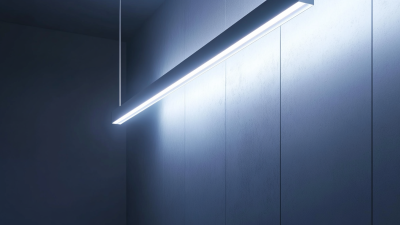
Envisioning Tomorrow: The Evolution of Linear Lighting Solutions
-
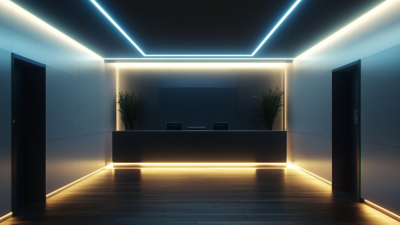
Innovative Linear Lighting Designs That Transform Your Space
-
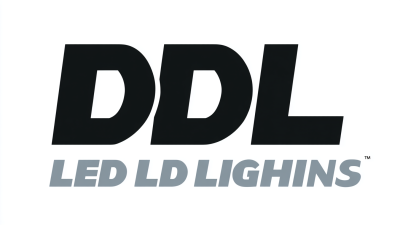
2025 Best Linear Led Lighting Trends Driven by 40 Percent Energy Efficiency Improvement
-
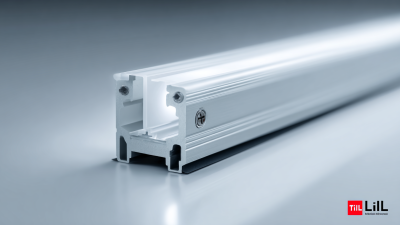
2025 Industry Trends: Innovative Solutions for Best LED Linear Lighting Procurement
-

The Ultimate Guide to Designing and Implementing Led Custom Light Solutions for Your Business
-
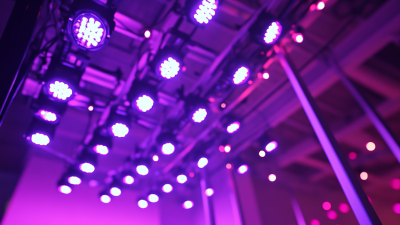
Unveiling the Best Flexible LED Panel with 15 Advanced Features for Ultimate Lighting Solutions
